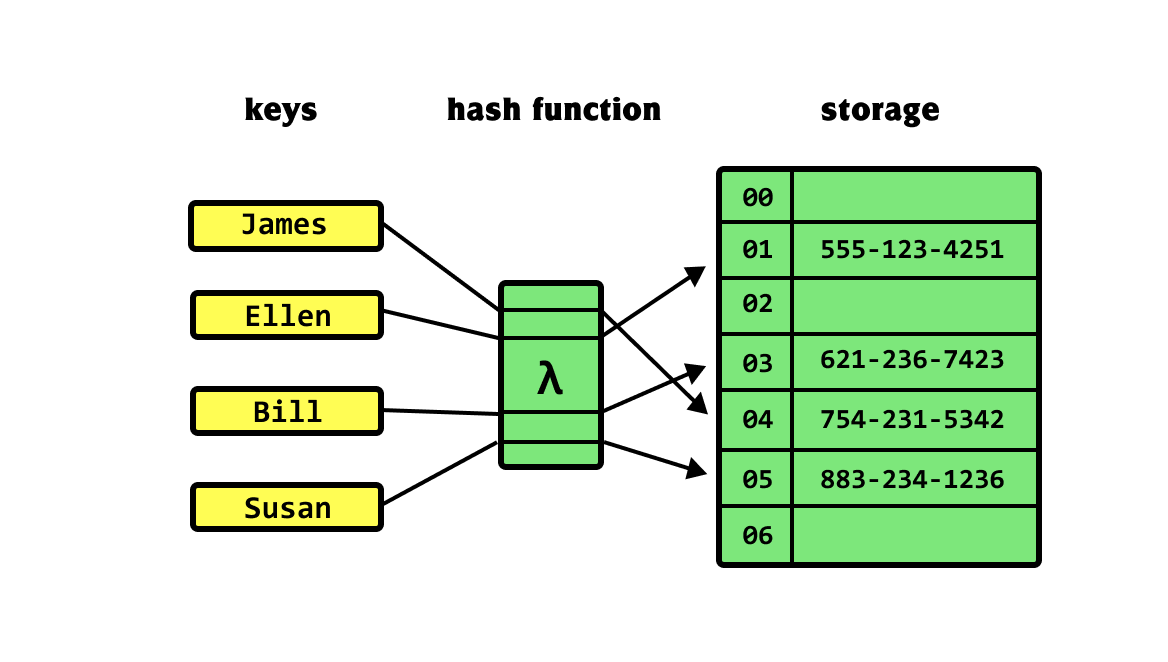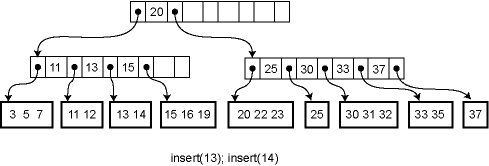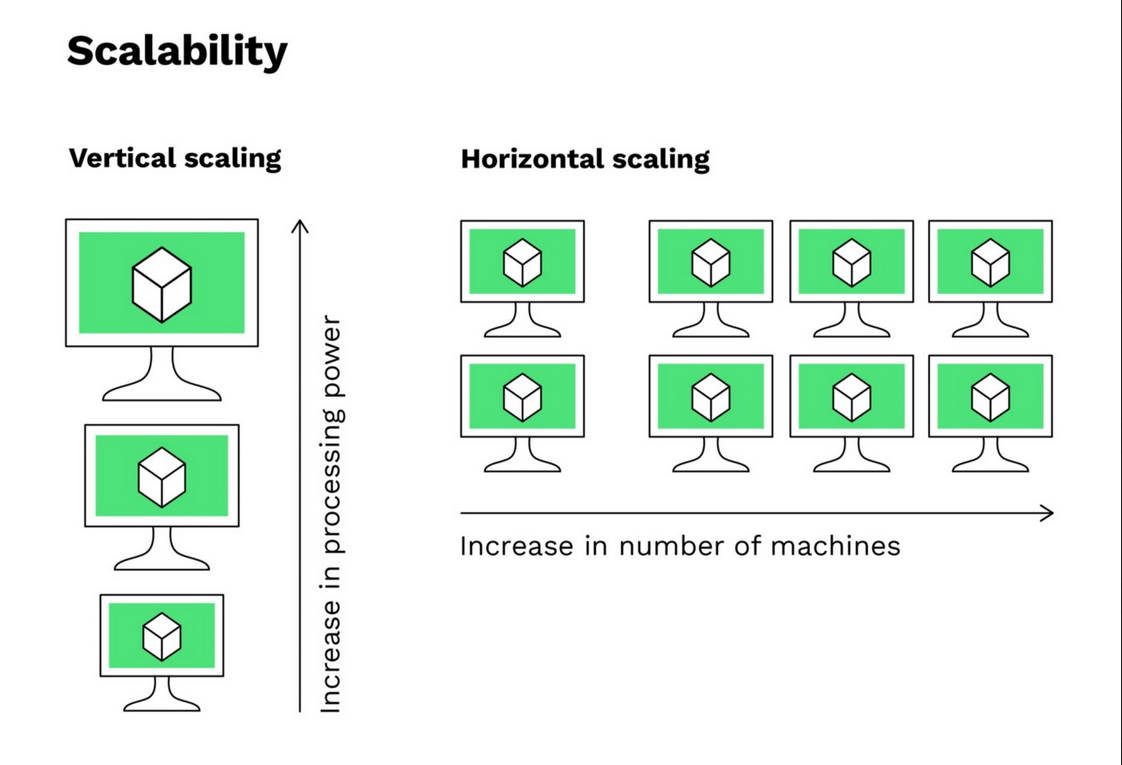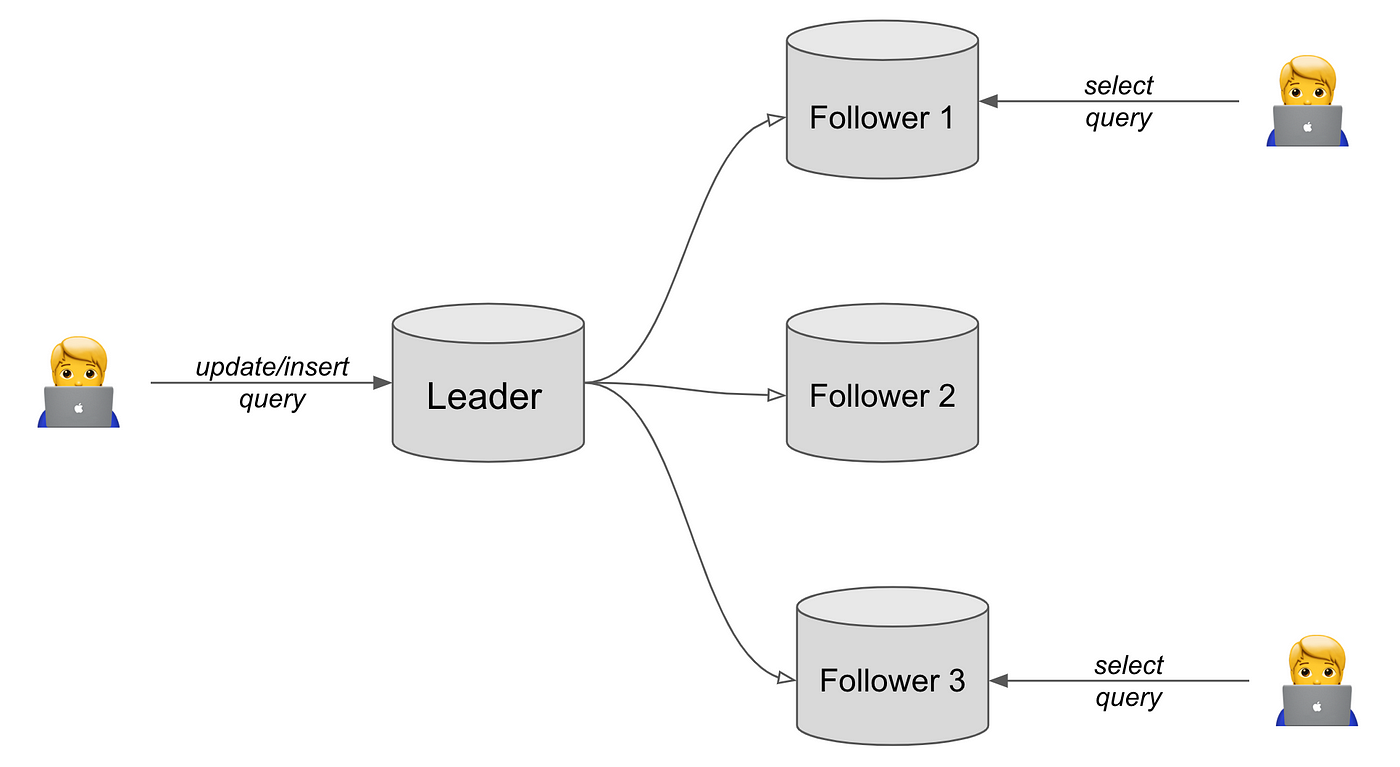Time complexity examples
function add(a: number, b: number): number { return a + b; }function sum(arr: number[]): number { let sum = 0; for (let i = 0; i < arr.length; i++) { sum += arr[i]; } return sum; }
Time complexity examples
function bubbleSort(arr: number[]): number[] { for (let i = 0; i < arr.length; i++) { for (let j = 0; j < arr.length - i - 1; j++) { if (arr[j] > arr[j + 1]) { const temp = arr[j]; arr[j] = arr[j + 1]; arr[j + 1] = temp; } } } return arr; }
Complexity of Searching and Sorting Algorithms

Complexity of our simple database
{"id":1, "title": "Todo X", "ownerId": 1, "done": true}
{"id":2, "title": "Todo Y", "ownerId": 2, "done": false}
{"id":3, "title": "Todo Z", "ownerId": 3, "done": true}
{"id":1, "title": "Todo U", "ownerId": 2, "done": true}
{"id":2, "title": "Todo V", "ownerId": 2, "done": false}
{"id":3, "title": "Todo W", "ownerId": 1, "done": true}
- Get item with its id:
- Get items with a specific owner id:
- Get items with a specific done status:
- Write an item:
- Update an item:
- Delete an item:
Hash Tables

Hash Index
- A hash index is an index that is built on a hash table.
- Hash indexes are used to quickly locate a record in a database table.
- Hash indexes has
- Hash indexing only supports equality queries.
Binary Trees

BTrees

Indexing
Joins
CAP Theorem
- Consistency: All nodes see the same data at the same time.
- Availability: Every request receives a response.
- Partition Tolerance: The system continues to operate despite network partitions.
ACID Properties
- Atomicity: All operations in a transaction are successful or none of them are.
- Consistency: The database is always in a consistent state.
- Isolation: Transactions are isolated from each other.
- Durability: Once a transaction is committed, it is permanent.
SQL vs NoSQL
- SQL databases are relational databases.
- NoSQL means "Not Only SQL".
- NoSQL databases may be relational or non-relational.
- Also SQL databases may be non-relational.
SQL Databases
- Generally uses vertical scaling and replication.
- Generally uses BTree for indexing but also supports other types of indexes.
- Generally uses transactions.
- Generally they are ACID compliant.
- Generally they are not fault tolerant.
- Generally they are not elastic.
- Some examples of SQL databases are MySQL, PostgreSQL, and Amazon Aurora.
NoSQL Database Types
- Key-Value Stores
- Document Stores
- Column-Family Stores
- Graph Databases
Key-Value Stores
- Key-Value stores are the simplest type of NoSQL databases.
- Key-Value stores are used to store data in a key-value format.
- Key-Value stores are used to store data in a distributed system.
- Key-Value stores are used to store data in a fault tolerant system.
- Some examples of Key-Value stores are Redis, Memcached, and Dynamo DB.
Document Stores
- Document stores are used to store data in a document format.
- Document stores are used to store data in a distributed system.
- Some examples of Document stores are MongoDB, Couchbase, and CouchDB.
Column-Family Stores
- Column-Family stores are used to store data in a column-family format.
- Column-Family stores are used to store data in a distributed system.
- Some examples of Column-Family stores are Cassandra, HBase, and ScyllaDB.
Graph Databases
- Graph databases are used to store data in a graph format.
- Graph databases are used to store data in a distributed system.
- Some examples of Graph databases are Neo4j, ArangoDB, and Amazon Neptune.
Database Scaling
- Scaling a database is an hard task compared to scaling computation.
- There are two main ways to scale a database: vertical scaling and horizontal scaling.
- Vertical scaling is adding more resources to a single machine.
- Horizontal scaling is adding more machines to a system.

Vertical Scaling
Pros
- Vertical scaling is simple.
- Does not require any changes to the application.
Cons
- Vertical scaling is adding more resources to a single machine.
- Vertical scaling is limited by the capacity of the machine.
- Vertical scaling is expensive.
- Vertical scaling is not fault tolerant.
- Vertical scaling is not elastic.
Horizontal Scaling
Pros
- Horizontal scaling is adding more machines to a system.
- Horizontal scaling is fault tolerant.
- Horizontal scaling is elastic.
- Horizontal scaling is cheaper than vertical scaling.
Cons
- Horizontal scaling is complex.
- Horizontal scaling requires changes to the application.
Horizontal Scaling: Replication
- Replication is a type of horizontal scaling.
- We are writing to leader and reading from followers.
- Replication is used to increase read performance and fault tolerance.
- Replication does not increase write performance.

Horizontal Scaling: Sharding
- Sharding is a type of horizontal scaling.
- We are partitioning the data and storing each partition on a different machine.
- Sharding is used to increase read and write performance.